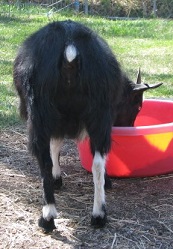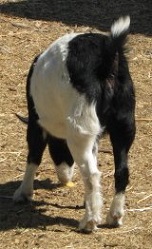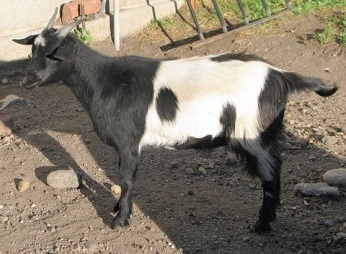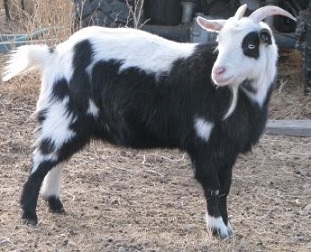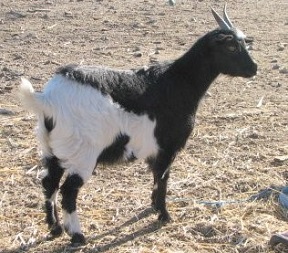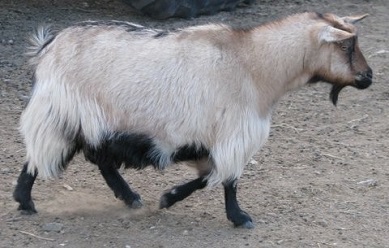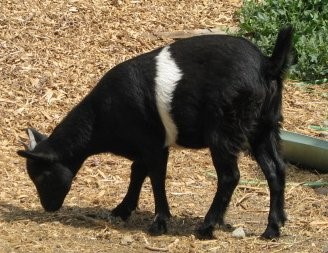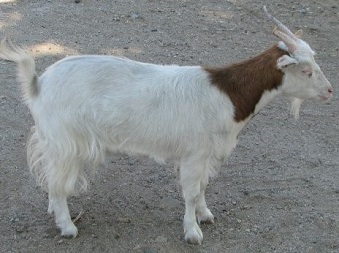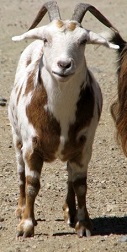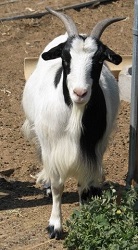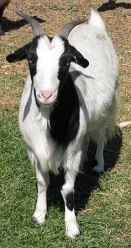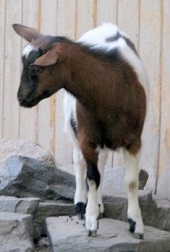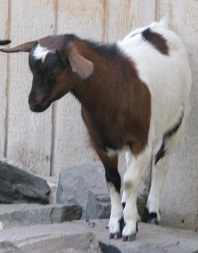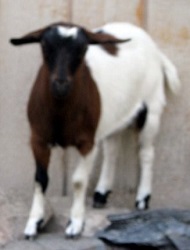
THE VIRTUAL SHOW FROM THE JUDGE'S VIEW
First of all let me say how much I enjoyed judging my first virtual show (the OFGS Virtual Show). While the final decisions were mine, my wife Judy (also a licensed judge) sat behind me viewing every entry and giving me valuable insight.
Remember, the only criteria I can use for judging is visual. Therefore, the width, depth, stance, profiles of the face & head, top lines, etc. are very important. Here are a few hints:
1. Take the photos as though you were in the ring. Collar and lead standing aside so I can see the whole goat.
2. If practical, take the photos with the goat in the same trim on all three pictures. Also, try to get them at the same age.
3. Chose the background. Try to have only the goat you're entering in the photo.
4. Let the goat stand in a normal position. However, if they cross their legs, try again!
5. Clean goats show better.
6. Make sure you have all three photos. I can't judge what I can't see.
Thank you again for the privilege of judging your show! It was great fun and a learning experience for all of us. Big thanks from me to the long days Tracy put in on sending me a well organized web page.
Sincerely, George Starbuck
|

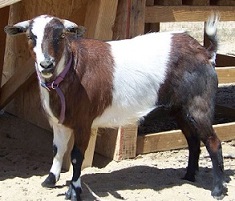
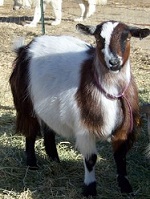
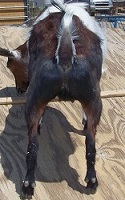
![]()
